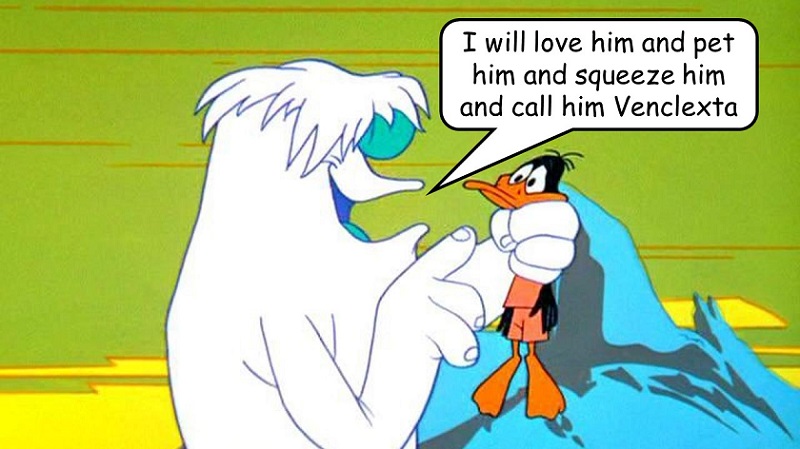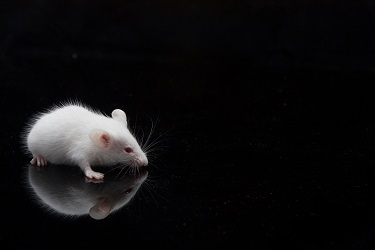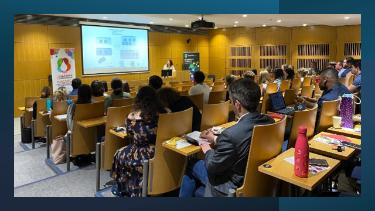A Drug by Any Other Name

Incruse Ellipta. Imlygic. Praxbind. Ixempra.
I did not just place a curse upon your soul, nor am I screaming obscenities in Klingon. The above words are actually the names of drugs, and some quite good ones at that.
So how do these potentially life-saving drugs end up with such ridiculous names? Well, it turns out that naming drugs is a pretty serious business. In fact, by the time a drug enters the market it will have been known by multiple names, each fit for a different purpose.
First, the boring bit. When a drug is first discovered, it goes by its chemical name, which describes the molecular structure of the drug. This name follows conventions laid out by the International Union of Pure and Applied Chemistry (IUPAC), and is usually something casual and easy to pronounce, like α-(4-methyl-1-piperazinyl)-3'-((4-(3-pyridyl)-2-pyrimidinyl)amino)-p-toluidide (better known as Gleevec or imatinib).
The second name a drug receives is more a stamp of ownership and is given to secure the future spoils of the new drug. Chemists must register the compound with a code that confirms that the rights of the drug belong to them (or, more likely, their employer). This includes a shorthand version of the company name followed by a unique numerical identifier. For example, compound number 4,782,374 developed by Pfizer would be PF-4782374.
Once the drug is ready to grow up and move on towards clinical trials, two naming processes have to happen. First, the drug needs a generic, non-proprietary name which is meant to be a little catchier than the previous names, while still hinting at the drug’s mode of action through the use of blended abbreviations and defined suffixes. For example, names that end in -vir are antiviral drugs and those that end in -mab are monoclonal antibodies. The generic names are decided upon by either the United States Adopted Names council (USAN), if the drugs are named in America, or the World Health Organisation (WHO) outside the USA. These two organisations now work together to avoid drugs having different names in different countries, though a famous example of a drug that slipped through the cracks is acetaminophen, or paracetamol as it is known everywhere except the USA.
Beyond descriptors, there are a number of other factors considered when deciding on a generic name. Because drugs exist in a global market, the pronunciation of a drug in different accents has to be considered. As such, the prefix of a drug’s generic name shouldn’t contain the letters Y, H, K, J and W, as these letters don’t exist in certain languages. The generic name also can’t be self-promoting, so names like amazingol and getrichquickapril are, unfortunately, out of the question.
So far, so boring, right? Well once the pharmaceutical company is ready to present their baby to the wider world it is time to give it a brand name, and it’s here that things get a little creative. Pharmaceutical companies will spend a lot of time and money coming up with brand names so that they become etched in the public’s collective conscience. This is because once the original patent has expired, other companies can produce the drug using its generic name. If the pharmaceutical company has done its job well, you’ll be asking a pharmacist for an Advil rather that an ibuprofen when you have a headache.
All of the internal and external reviews and focus groups involved in developing a brand name can result in a list of hundreds of potential names. These then have to get whittled down internally to just one or two, which are then sent to the Food and Drug Administration (USA) or the European Medicines Agency (EMA) for approval.
The rules at this stage are a little more relaxed. While the names still can’t consist of overtly promotional terms, some clever psychology is often used in brand names to evoke a positive emotional response. The name Lyrica, which is used to treat nerve and muscle pain, is supposed to bring to mind lyrics or music. IBRANCE, used to treat breast cancer, summons inspiration, embrace and vibrancy. Viagra is meant to make you think of vitality and vigour. Some names are much less creative yet infinitely more instructive; ‘Lasix’ is a prime example, as it succinctly conveys the message that the drug’s activity lasts about six hours.
So, the next time you’re buying medication take a minute to reflect on how the name makes you feel. Unless you’re buying Viagra, in which case I don’t want to know.

About the author
Dr. Luke Jones is originally from Australia and started working with the Bond group in May 2019. Prior to this, he was at Princess Maxima Center for Paediatric Oncology in Utrecht, The Netherlands.

